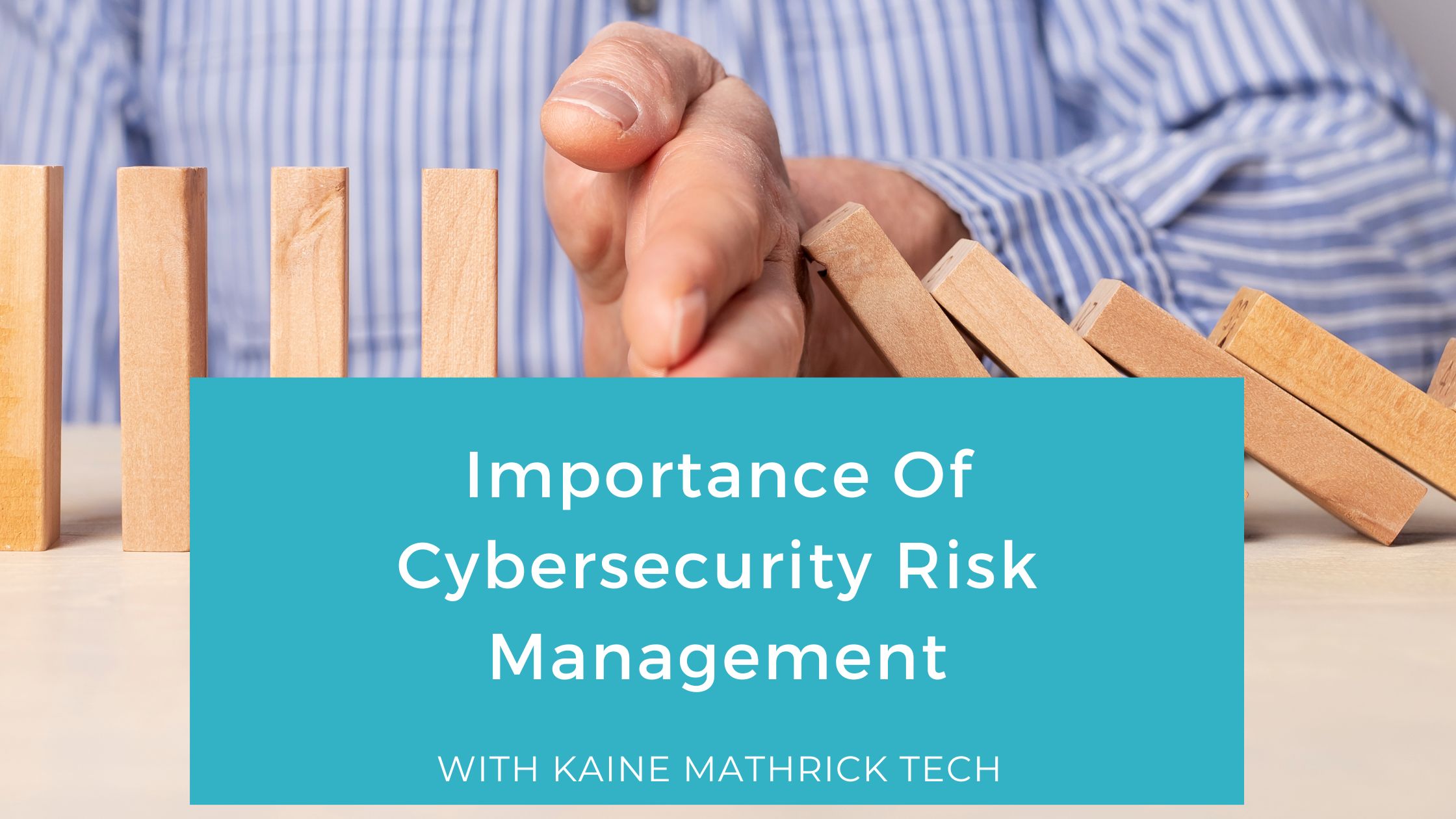The Effect of the Importance of Risk Management on Organizational Governance
The Effect of the Importance of Risk Management on Organizational Governance
Blog Article
Checking out the Importance of Risk Management for Effective Decision-Making Techniques
In the detailed world of company, Risk Management arises as a vital factor in the decision-making process. The capacity to identify potential hazards and opportunities, and plan as necessary, can spell the difference in between success and failing.
Comprehending the Principle of Risk Management
Risk Management, a crucial part in decision-making, is usually misinterpreted or oversimplified. Risk Management entails organized and disciplined strategies, using information and insightful assessments. From monetary uncertainties, lawful obligations, strategic Management mistakes, to mishaps and all-natural disasters, it attends to different risks - importance of risk management.
The Duty of Risk Management in Decision-Making Processes
In the realm of calculated planning and organization operations, Risk Management plays an important function in decision-making processes. Risk Management thus becomes an essential device in decision-making, assisting leaders to make educated choices based on a comprehensive understanding of the risks entailed. Risk Management serves as a vital component in the decision-making procedures of any company.

How Risk Management Enhances Strategic Planning
In the context of tactical planning, Risk Management plays a pivotal duty. Starting with the identification of possible dangers, it better extends to the implementation of Risk reduction procedures. The function of Risk Management is not static yet vibrant, as it requires continuous tracking and adjusting of methods.
Identifying Possible Risks

Applying Risk Reduction
Risk reduction strategies can range from Risk evasion, Risk transfer, to run the risk of reduction. Each technique needs to be customized to the specific Risk, considering its potential impact and the organization's Risk tolerance. Efficient Risk reduction calls for a deep understanding of the Risk landscape and the potential impact of each Risk.
Surveillance and Changing Approaches
Though Risk reduction is an important action in critical planning, continual tracking and modification of these strategies is just as important. This recurring process enables companies to identify new threats and reassess existing ones, guaranteeing the applied techniques stay reliable in the ever-changing business atmosphere. It additionally provides an opportunity to examine the success of the Risk Management measures, allowing modifications to be made where needed, further enhancing tactical preparation. Reliable monitoring and adjustment need using analytics and key performance indications (KPIs) to gauge effectiveness. These tools offer beneficial data-driven understandings that can inform tactical decision-making. Monitoring and adjusting Risk Management methods is an important element for boosting a company's resilience and critical planning.
Instance Researches: Effective Risk Management and Decision-Making
In the globe of business and finance, effective Risk Management and decision-making commonly offer as the columns of flourishing ventures. These cases highlight the worth of sharp Risk Management in decision-making procedures. These instances emphasize the important duty of Risk Management in calculated decision-making.
Tools and Strategies for Effective Risk Management
These devices, such as Risk signs up and heat maps, aid in determining and assessing possible dangers. Risk reaction methods, an essential element of Risk Management, include accepting, preventing, transferring, more information or mitigating threats. With these techniques and tools, decision-makers can browse the facility landscape of Risk Management, thus helping with notified and effective decision-making.
Future Trends in Risk Management and Decision-Making Techniques
As we check out the large landscape of Risk Management, it ends up being apparent that the techniques and devices utilized today will certainly continue to develop. Future patterns point in the direction of an increased dependence on innovation, with man-made intelligence and artificial intelligence playing considerable functions. These innovations will allow companies to forecast possible threats with better precision and make more enlightened choices. Furthermore, there will be a growing emphasis on resilience, not simply in handling threats however also in recovering from adverse visite site circumstances. The idea of Risk culture, where every participant of a company is conscious and entailed in Risk Management, will certainly acquire extra prominence. These patterns declare an even more comprehensive and proactive technique towards Risk Management and decision-making.
Verdict

Risk Management hence ends up being an important tool in decision-making, aiding leaders to make enlightened options based on a detailed understanding of the dangers involved. official website Risk mitigation techniques can range from Risk avoidance, Risk transfer, to take the chance of decrease (importance of risk management). Efficient Risk reduction needs a deep understanding of the Risk landscape and the possible influence of each Risk. Risk feedback methods, a crucial element of Risk Management, entail accepting, avoiding, moving, or mitigating risks. The principle of Risk society, where every member of a company is conscious and involved in Risk Management, will certainly get more prestige
Report this page